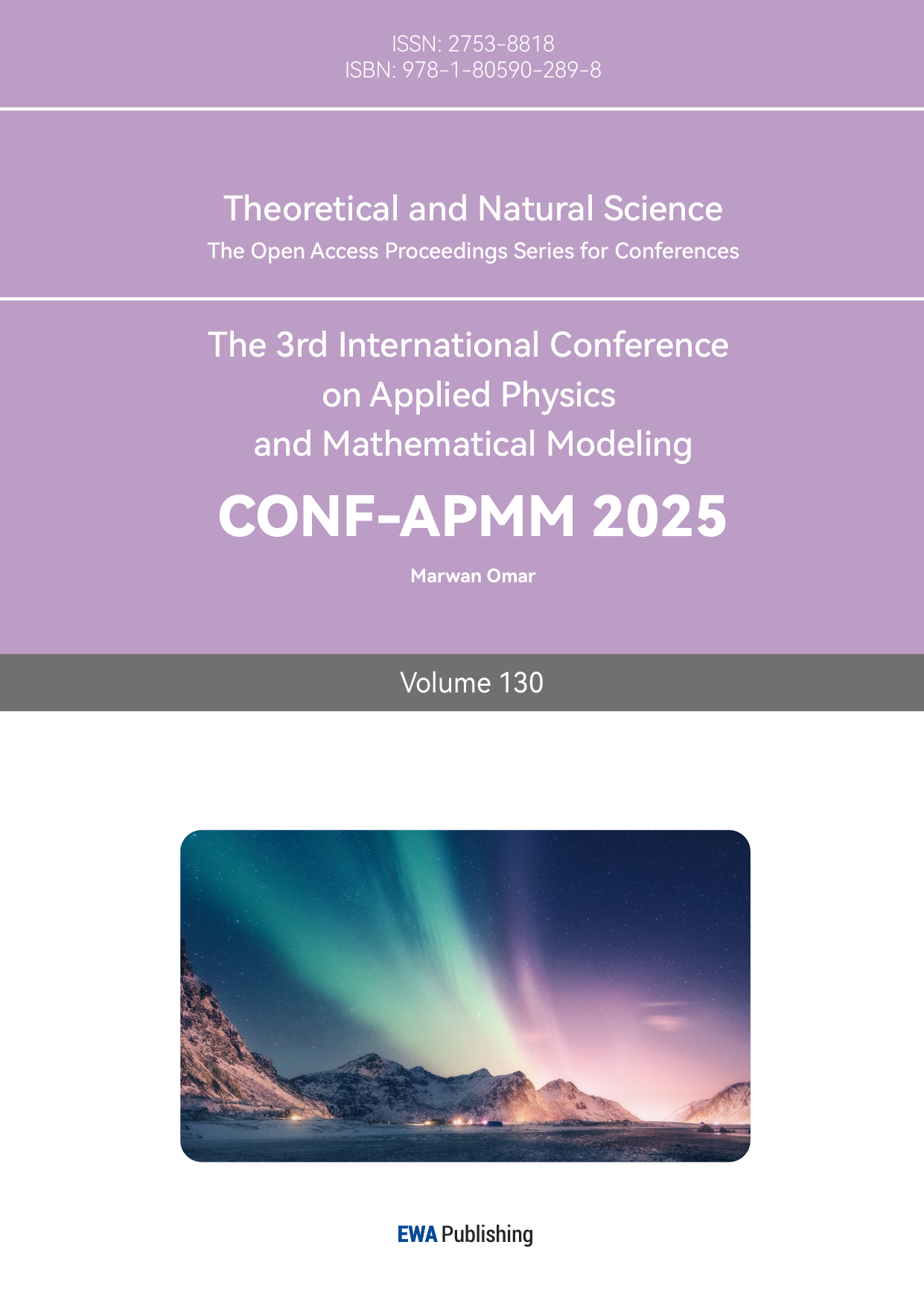References
[1]. Ananthanarayan, B., Das, S., Lahiri, A. et al. (2024) Group theory in physics: an introductionwith mathematics. Eur. Phys. J. Spec. Top., 233, 1443–1513.
[2]. Ramadevi, P. and Dubey, V. (2019) Group Theory for Physicists: With Applications. Cambridge University Press, Cambridge.
[3]. Fonseca, Q.M. (2021) Comput. Phys. Commun. 267, 108085.
[4]. Gururajan, M.P. (2019) Symmetry Relationships between Crystal Structures: Applicationsof Crystallographic Group Theory in Crystal Chemistry. Contemporary Physics, 60, 83–84.
[5]. Comock, C. (2015) Teaching group theory using Rubik’s Cubes. International Journal of Mathematical Education in Science and Technology, 46, 957–967.
[6]. Joyner, D. (2014) The man who found God’s number. The College Mathematics Journal, 258-266.
[7]. Sun, T. (2023) Commutators in the Rubik’s Cube Group. The American Mathematical Monthly, 131, 3–19.
[8]. Chen, J. (2007) Group theory and the Rubik’s cube. Harvard University.



